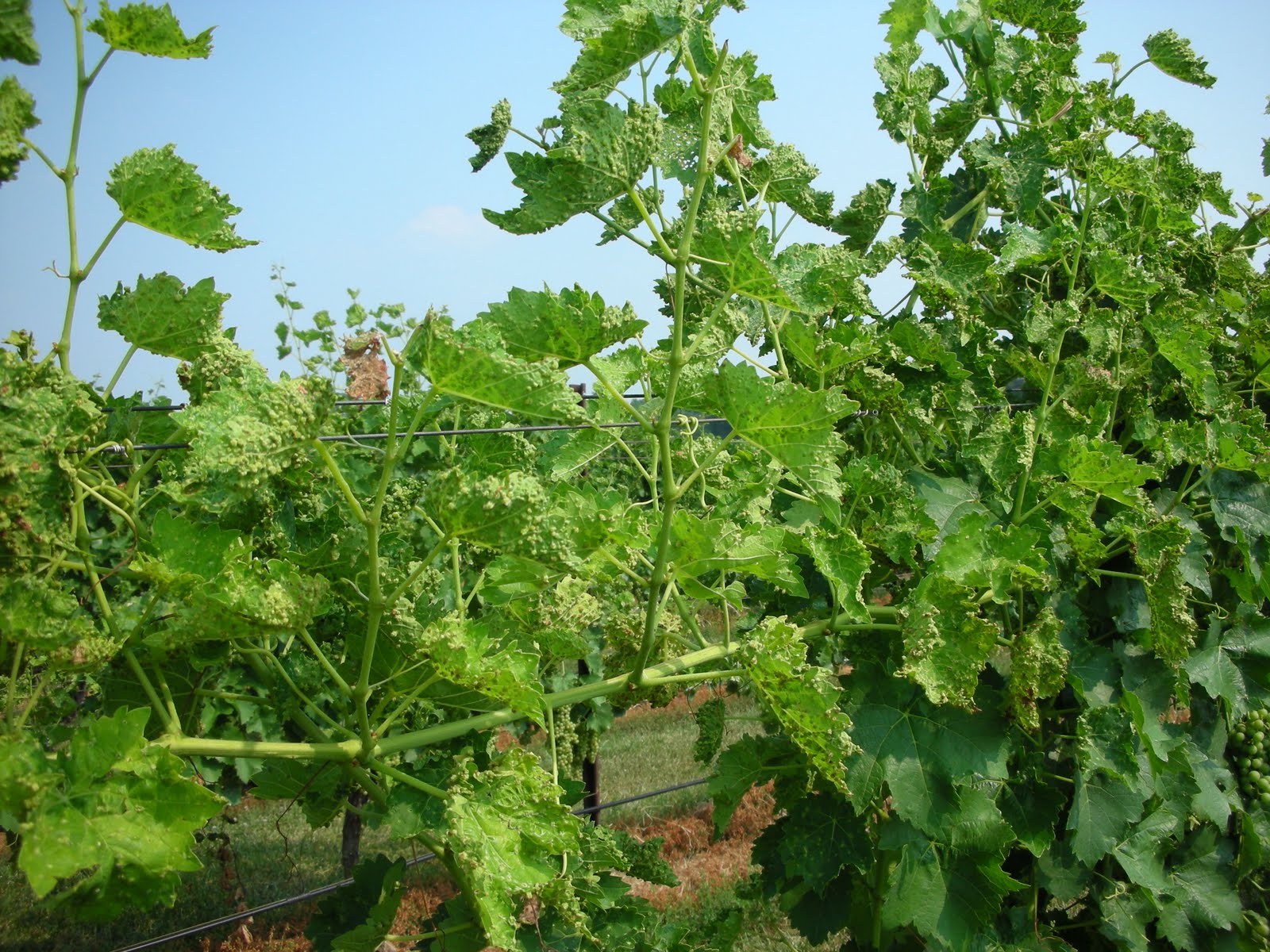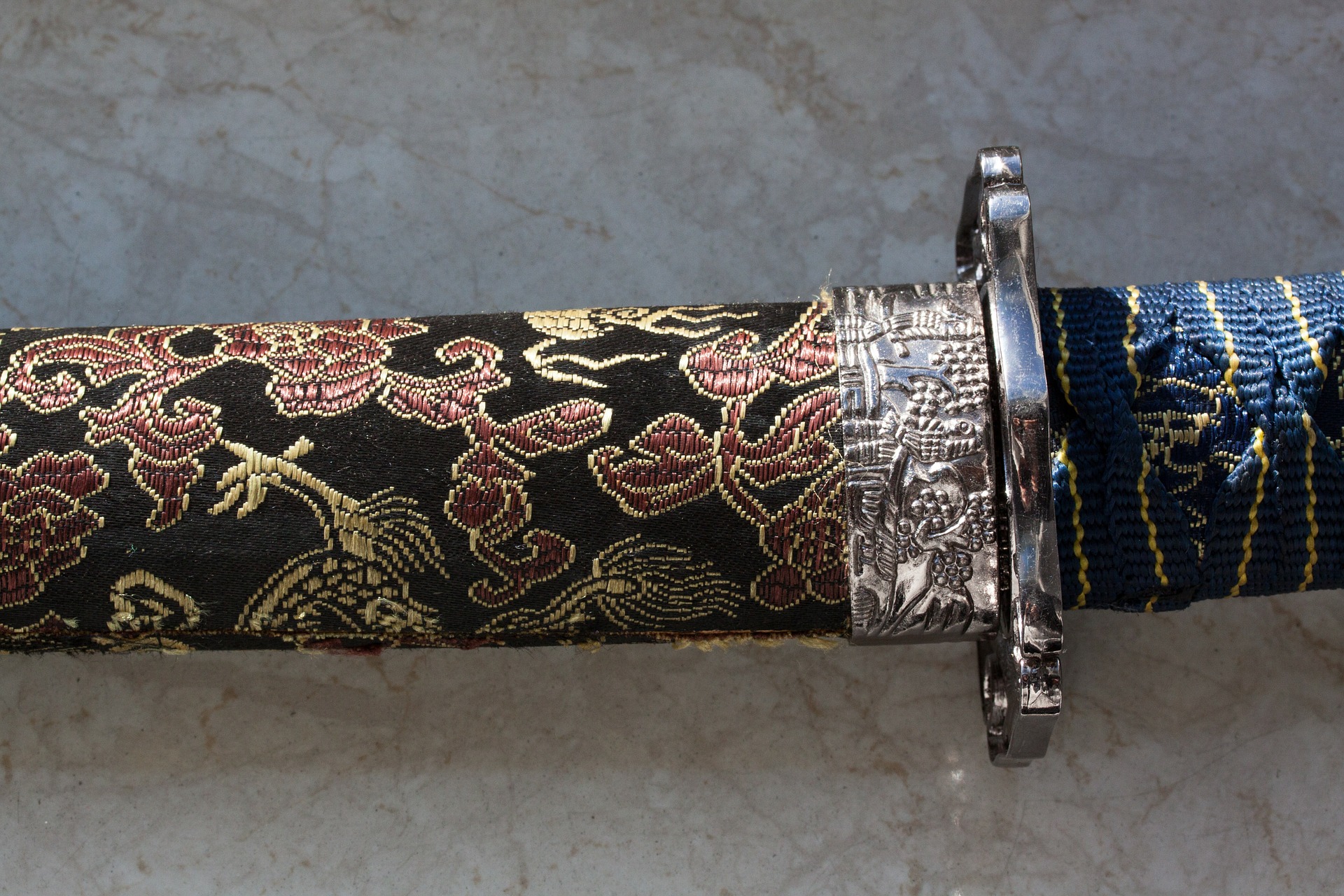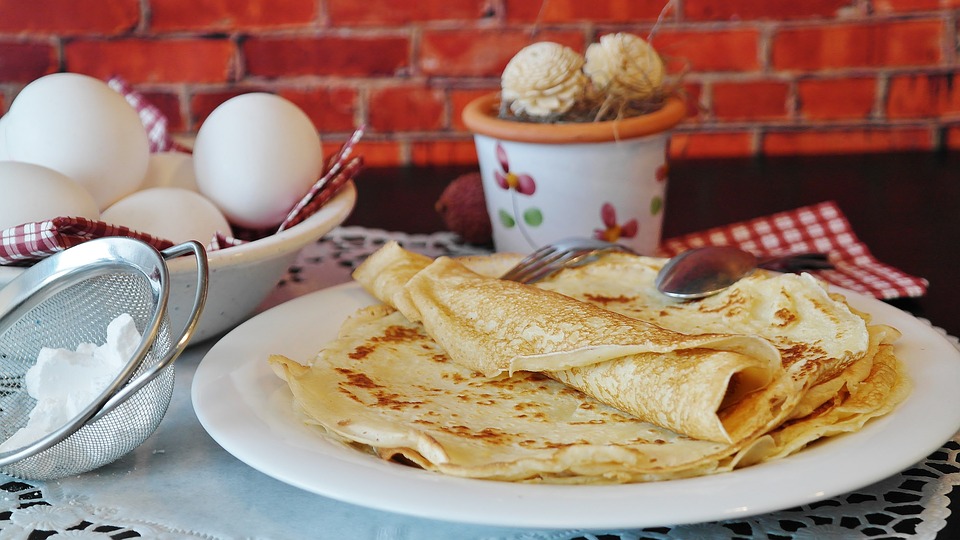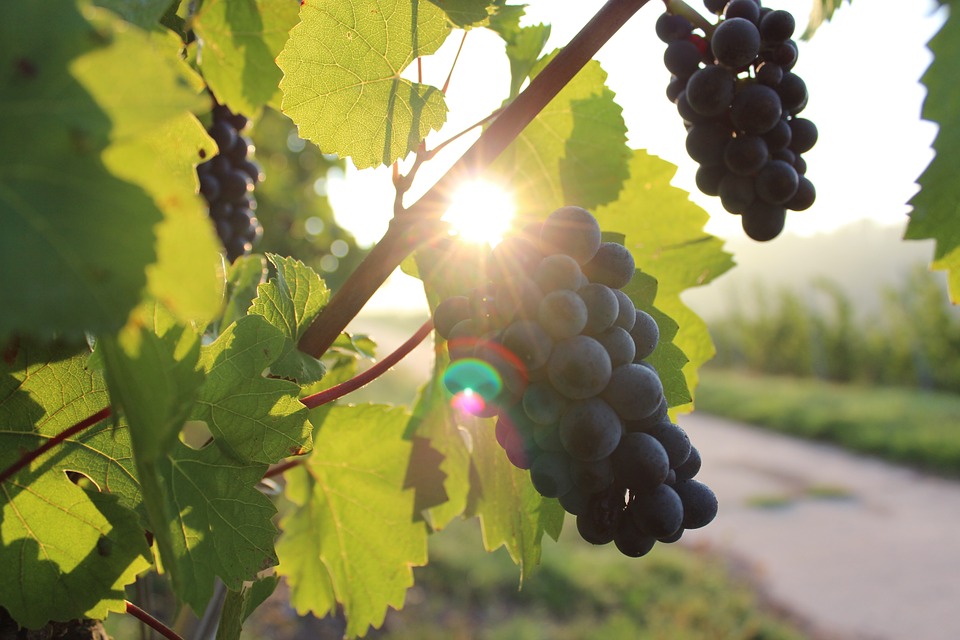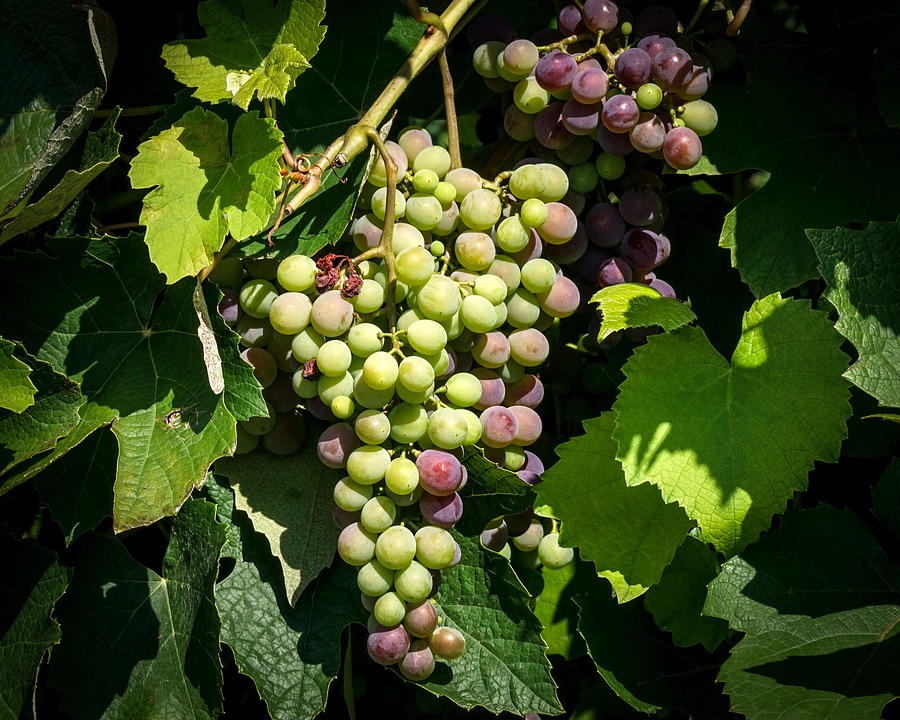In 1872, in the vineyards of the regions of Languedoc, Gard, Provence, Bordeaux an even in the Burgundy area, the vine shoots and leaves dry out progressively provoking the death of the vine.
Jean Emile Planchon, a botanist, wrote in 1873, that if a remedy was not found, the contagious ailment that strikes the vines, would overcome within 10 years all the grape vines of the south of France.
By 1880, three quarters of the French vines have disappeared, but the cause was identified: it is an aphid that originated in North America known as Phylloxera Vastatrix.
It took several years for the scientists of that time to find a way of eradicating the epidemic. The decision to graft the vines on American rootstocks, resistant to the aphids, will force the destruction of 1 740 000 hectares of vines.
Between 1885 and 1895, France renewed its vineyards. The Burgundy region used this moment to replant its white variety into Chardonnay. Altogether, the French vineyards produced 57 million hectoliters. The wine producers changed their work methods, however the Phylloxera was never entirely eradicated.
Even to day, the shoots are grafted to the resistant rootstocks, and none of the wine producers will return to the original plants, frightened to see his vines destroyed.
The whole of the wine-producing world benefits of this protection, thanks to a resistance that was discovered by trial and error, 120 years ago, and it is still working up to now.
To-day important research work is being carried out on the subject, because several cases of Phylloxera resurgences have appeared in Californian vineyards.
The perspective of the loss of résistance by the base plants is extremely worrying, for up to this day this is the only method of fighting this formidable aphid.
The Phylloxera
